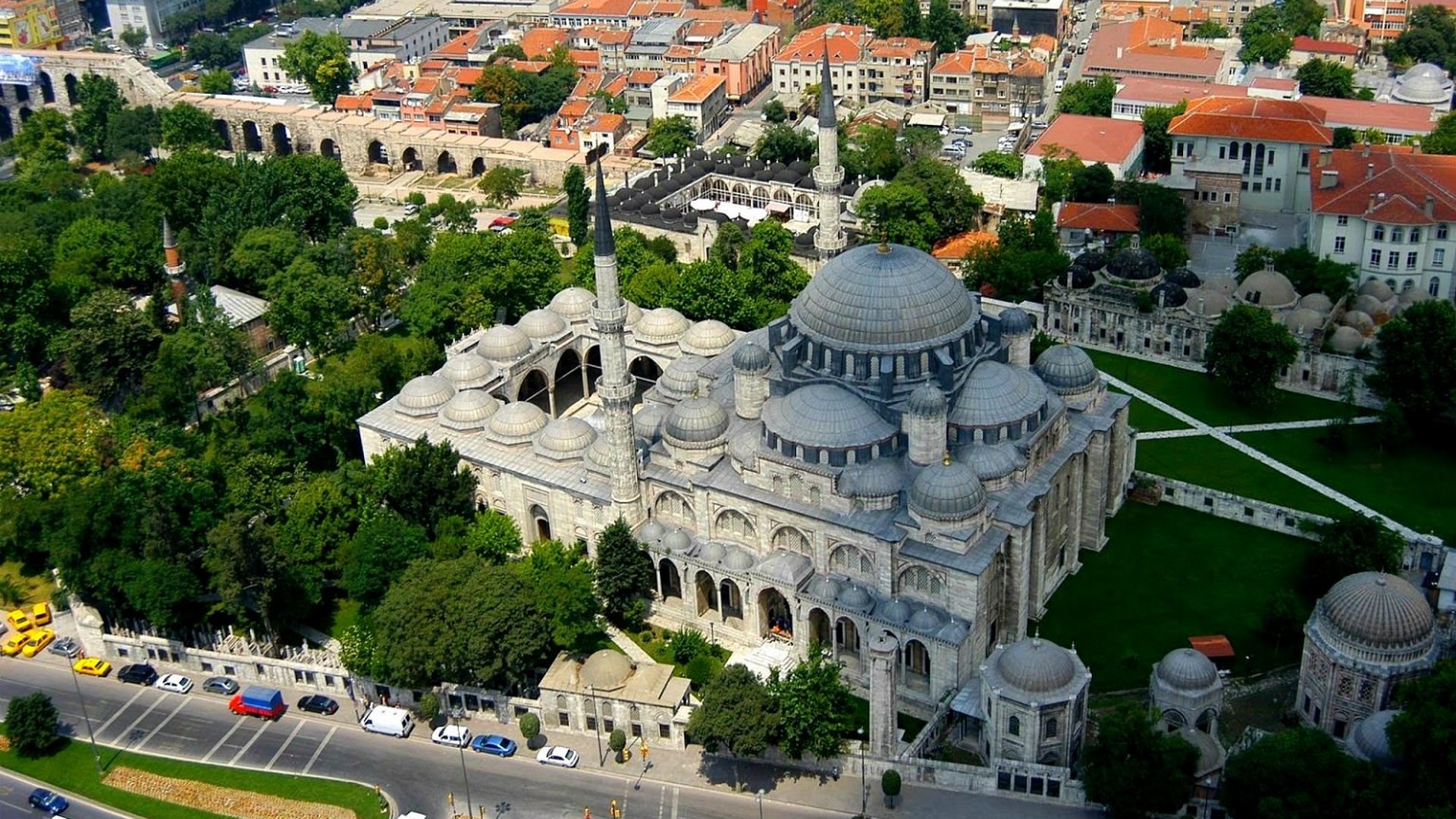Description
Property Name: Sehzade Mehmed Mosque
Inventory No: 90-212-14
Date of infill of the inventory form: 2008-03-14
Country (State party): Turkey
Province: İstanbul
Town: Fatih
Geographic coordinates: 41° 0′ 49.7″ N
28° 57′ 25.79″ E
Historic Period: Classic Ottoman (1453-1579)
Year of Construction: 1543-1548
Style: Classical Ottoman
Original Use: Religious
Current Use: Mosque
Architect: Architect Sinan
Significance
As the work of Sinan’s apprenticeship, the Şehzade Mehmed Mosque is regarded as a striking monument to end the maturation phase of his promising career. It was a fitting climax to this phase because Sinan produced this orderly and well-balanced design as the Ottoman Empire reached the height of its power. Sinan was not content in externalizing the appearance of the mosque, he decorated its façades with great care to maximize the visual impact.
Selection Criteria
iv. to be an outstanding example of a type of building, architectural or technological ensemble or landscape which illustrates (a) significant stage(s) in human history
State of Preservation
It has been lastly restored by the General Directorate of Waqf and it is in very good condition now.
References
Gurlitt, Cornelius. Architecture of Constantinople, Foundation for Information and Documentation Services, Öncü Basımevi, Ankara, 1999.
Günay, Reha. Sinan the Architect and His Works, YEM, Istanbul, 1998.
Kuran, Abdullah. Mimar Sinan, Hurriyet Vakfi Yayinlari, Istanbul, 1986.
Vögt-Göknil, Ulya. “Spatial Order in Sinan’s Külliyes.” Environmental Design: Journal of the Islamic Environmental Design Research Centre 1-2 (1987): 168-173.
Özer, Bülend. “The Architect of Domed Mosques as a Master of Pluralism.” Environmental Design: Journal of the Islamic Environmental Design Research Centre 1-2 (1987): 146-155.
Bernardini, Michele. “The Impact of Sinan on Turkish Revivalism.” Environmental Design: Journal of the Islamic Environmental Design Research Centre 1-2 (1987): 216-221.
Özer, Filiz. “The Complexes built by Sinan.” Environmental Design: Journal of the Islamic Environmental Design Research Centre 1-2 (1987): 198-205.
Archnet website: archnet.org


